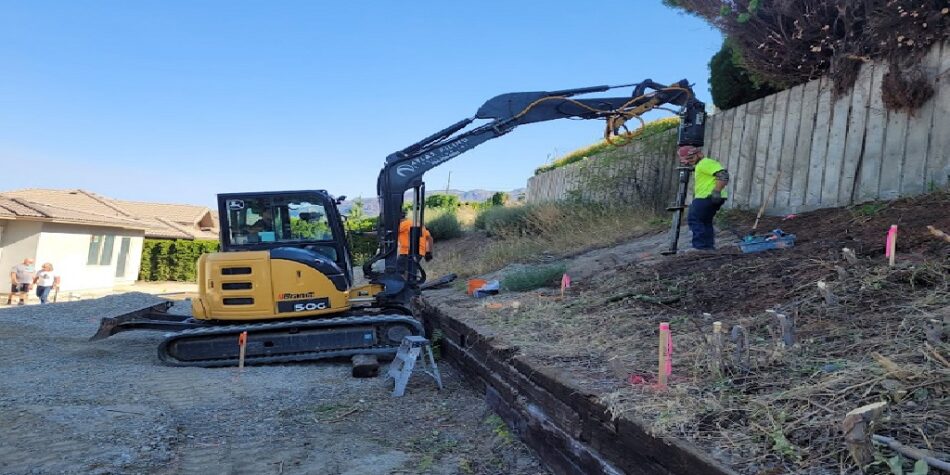of stability, but also when it comes to long-term financial implications. One factor that’s gaining more attention from insurers and property owners alike is how different foundation types affect risk, maintenance, and claims. And in this evolving conversation, the helical pile foundation is beginning to stand out.
If you’re constructing a new home, expanding a commercial space, or retrofitting an existing structure, it’s worth knowing how your foundation choice might impact your property insurance—not just your build. Let’s explore why helical pile foundations are earning a reputation as a more insurer-friendly alternative to traditional foundations like poured concrete or concrete blocks.
Risk Mitigation and Soil Versatility
From an insurance standpoint, a foundation that can adapt to changing soil conditions is a big plus. Soil shifts due to frost, moisture, or erosion are among the leading causes of structural movement—and expensive claims. Traditional foundations often crack or shift when the soil beneath them changes, leading to damage in the structure above.
On the other hand, helical pile foundation are designed to anchor deep below the surface, bypassing unstable topsoil and locking into load-bearing strata. This level of stability greatly reduces the chance of movement-related issues, making claims less likely and risk profiles more favourable. For insurers, that’s a win.
Faster Repairs Mean Fewer Claims
Insurers also pay close attention to how easily a system can be repaired. Traditional foundations, especially those that crack or sink, are notoriously expensive to fix. Foundation repair often involves excavation, replacement, or slab jacking—all costly and time-consuming processes.
By contrast, helical pile foundation systems are modular and relatively easy to inspect and, when needed, adjust. This not only reduces downtime for the property owner but also minimizes the size and cost of any claim. From an insurer’s point of view, faster repairs mean less disruption and lower overall loss.
Flood Resistance and Water Management
Extreme weather events have made water damage a growing concern. Traditional concrete foundations are prone to water seepage, especially over time or when not properly waterproofed. Cracks in basement walls or floor slabs can allow water to enter, leading to mold, structural damage, and eventually an insurance claim.
In contrast, helical pile foundation are often part of an above-grade or raised-floor system that keeps the structure off the ground. This creates a natural buffer against surface water and reduces exposure to moisture-related risks. Insurers are increasingly valuing this characteristic, particularly in regions where flooding or heavy rains are common.
Long-Term Structural Integrity
Another insurance consideration is long-term integrity. Policies are written based on an assessment of how likely it is that something will go wrong. Traditional foundations may deteriorate with age due to shifting soil, poor drainage, or substandard construction practices. These risks only increase over time.
A helical pile foundation, when properly installed, maintains its load-bearing capacity over decades. With fewer weak points and a design that inherently resists movement, insurers see fewer red flags. This can potentially translate to more favorable premiums or lower risk ratings.
While insurance companies don’t outright mandate which type of foundation you must use, they do analyze risk. And when it comes to reduced settlement, better water resistance, faster repairs, and overall predictability, a helical pile foundation checks many of their boxes.
For more information about Piling Services Bc and Drilling Company Bc Please visit: ATLAS PILING.







